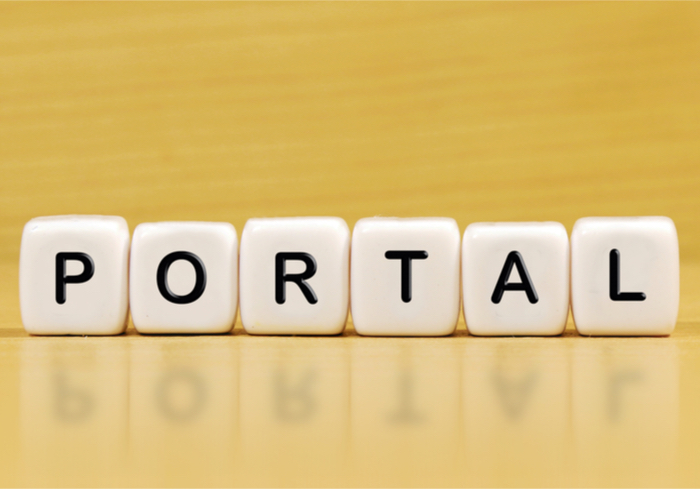
In the past, only the largest of firms such as utilities, telecoms or credit card companies were able to have customer payment portals. Those were the “types of companies that could afford to stand up a portal,” DadeSystems Chief Marketing Officer Tom Berdan told PYMNTS.com in an interview. But, now in the automated accounts receivable space, Berdan noted that customer portals can be created for a business of any size — and provide an array of efficiencies to these firms in return.
For starters, portals give customers the flexibility to look at when a payment is due and make or schedule payments according to their needs. In addition, portals offer options beyond automated clearing house (ACH) payments: if a business accepts credit card payments, the portal could be integrated with the business’s card processor. In that case, the portal links out to the credit provider and sends back a token in return, allowing the business to take a payment from the customer.
Portals can also drive efficiency and improve customer satisfaction as a customer no longer has to call a business to find out what payments are outstanding (or receive copies of invoices in some cases). Instead, customers can find that information on their own. “They can basically self-service all of that information online on a portal,” Berdan said, adding that the experience is similar to what a consumer would find online.
And, while many businesses do accept credit cards, a customer might have to call the business to have their credit card payment processed. The business, in turn, then has to take sensitive credit card information like card numbers, expiration dates and CVV codes over the phone — and that introduces risk. With the payment portals, however, businesses can direct their customers to make payments online instead. In addition, companies like DadeSystems can bring efficiency to businesses as payments received through the portal are matched to invoices.
Payments portals can also provide additional flexibility through a customer service function that lets businesses accept customer payments over the phone through either ACH or credit card on behalf of the customer. When that occurs, the business can essentially enter the data into a virtual credit card terminal. That way, sensitive data is masked immediately, and, once the payment is accepted, the invoices are still marked as paid. In that case, the option allows businesses to still accept payments over the phone, but they end up reducing compliance risk in the process.